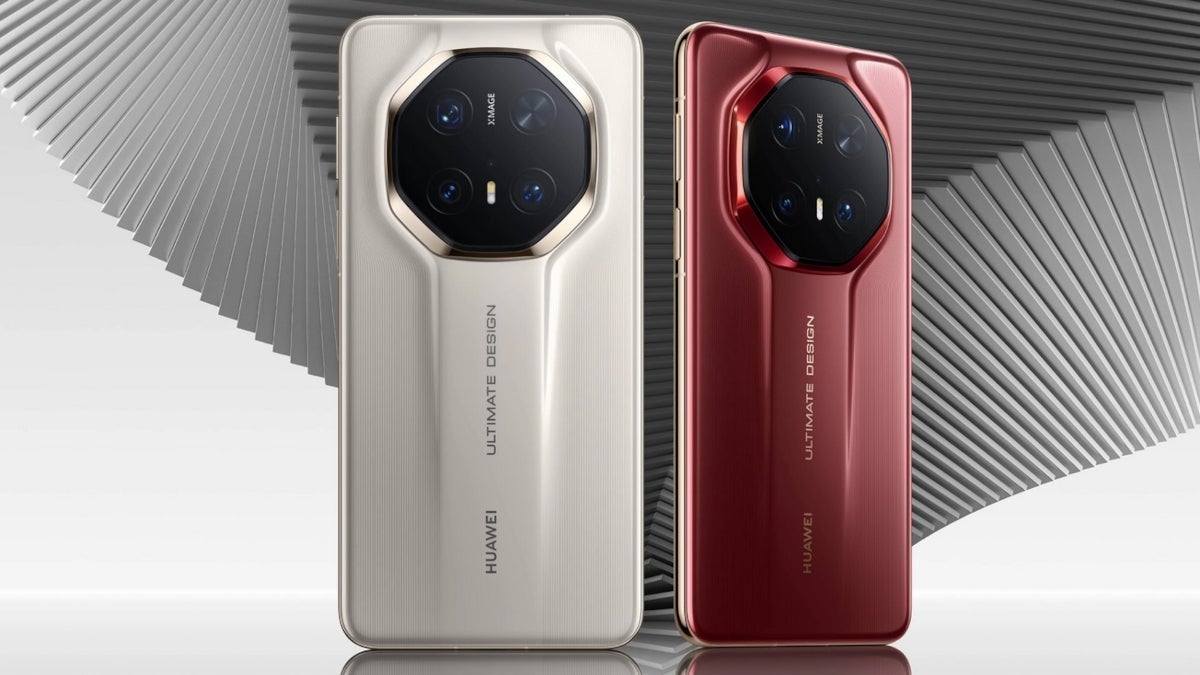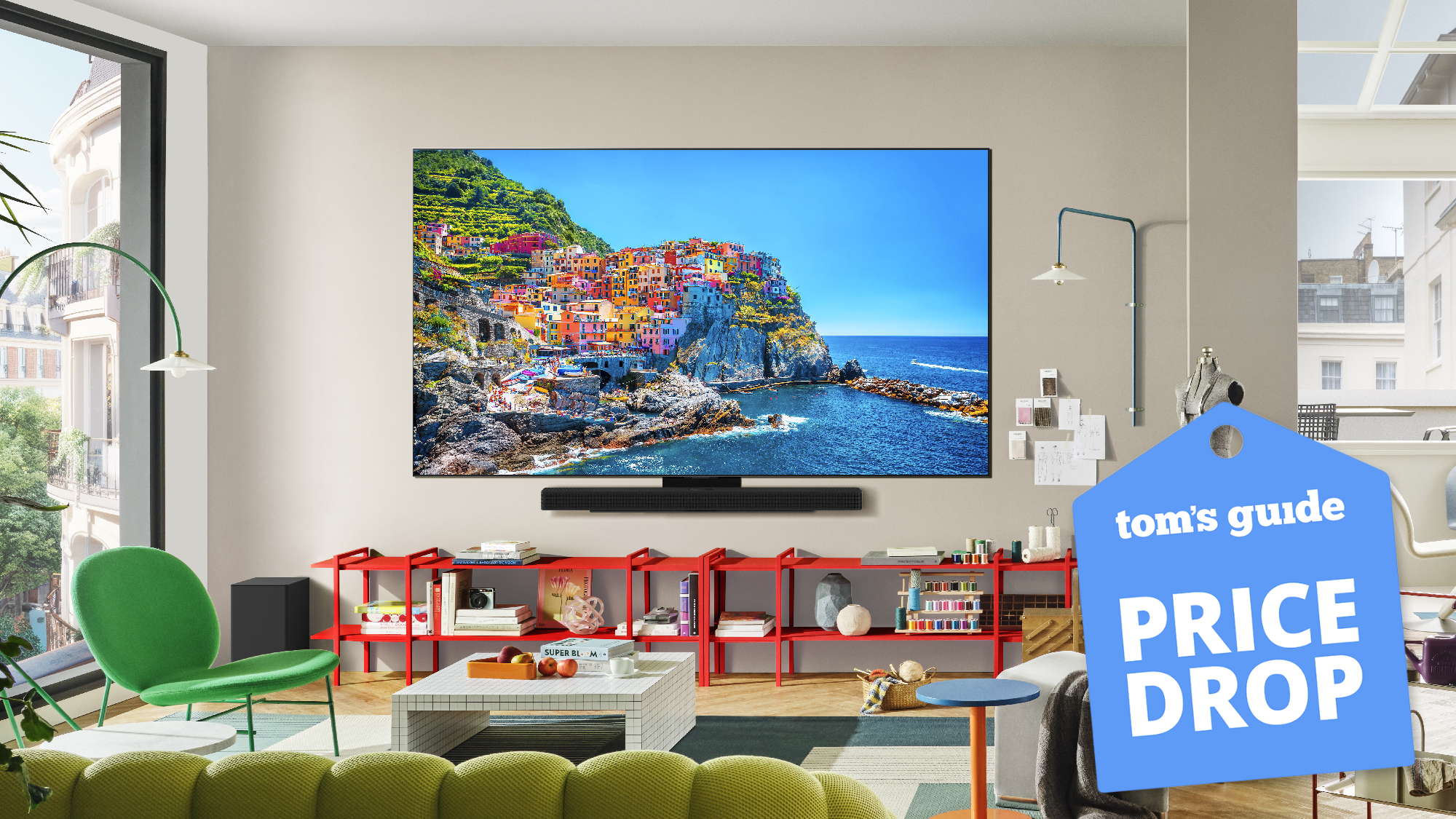The Huawei Mate 70 DS Ultimate is representing the yet to be announced Mate 80 DS Ultimate in this picture. | Image credit=Huawei
Huawei, SMIC appear stuck on the 7nm process node for Huawei’s smartphone processors
Without the ability to etch extremely thin lines on the wafers, something that the banned lithography machines can do, SMIC runs a silicon wafer through the etching process at least four times with the proper alignment to capture the correct transistor density and features. If the wafer cannot be perfectly aligned each time the etching process begins, the chip will probably turn out defective.
Despite using the same process node, Huawei will be able to have the Kirin 9030 AP deliver a 20% increase in performance over the Kirin 9020, which powered last year’s Mate 70 series. Since the Kirin 9020 has a 40% performance hike over the Mate 60’s Kirin 9000S, you can imagine that the Kirin 9030 is going to be much more powerful than the Kirin 9000S. Can you imagine how powerful and energy efficient chips designed by Huawei’s HiSilicon unit and built by SMIC could be without the sanctions that prevent Chinese firms from buying an extreme ultraviolet (EUV) lithography machine?
Last year’s Mate 70 RS Ultimate debuted a Dual-layer OLED display. This stacks two OLED panels one on top of the other. The result is a brighter display with greater durability. There is a little setback and that is the cost of the Dual-layer screen which is much more expensive to produce. Huawei is rumored to be using the Dual-layer OLED panel again for the Mate 80 RS Ultimate.
Huawei might use glass-ceramics on the Mate 80 RS Ultimate
Another feature tipped by a source to be used on the Mate 80 RS Ultimate is a titanium alloy middle frame. It might not feature the exact same materials used on last year’s model. If not, this year’s device will use better materials according to a report, Speaking of materials, Another bit of speculation says that the back panel of the Mate 80 RS Ultimate will be made of glass treated to feel like ceramic.
While a ceramic rear panel is stronger than one made of glass, it is also more expensive which is why Huawei might have decided to use glass to make faux ceramic. Glass-ceramics are stronger than regular glass and less expensive than regular ceramic. The source of these rumors also said to watch for some sort of innovation with the Mate 80 RS Ultimate’s telephoto lens.
The Mate 80 series will be the second flagship line released by Huawei this year following the photography based Pura 80 series. Released earlier this year, the Pura 80 series included the Pura 80, Pura 80 Pro, and the Pura 80 Ultra. This line was introduced in China on June 10th, and the global models were unveiled almost exactly one month later.









